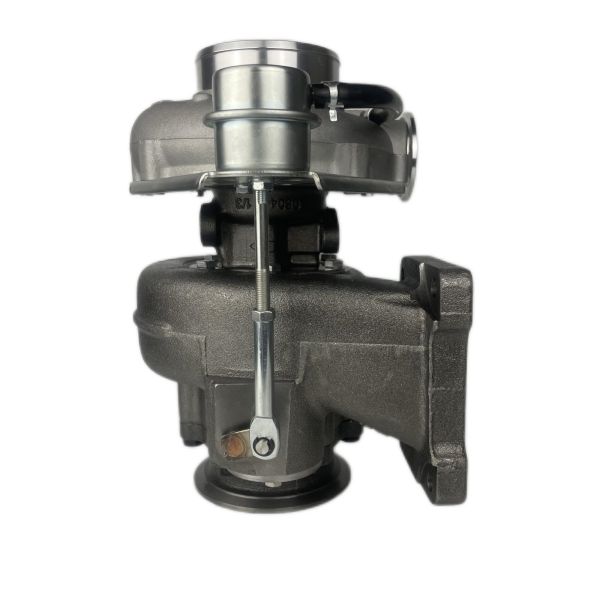How to use turbocharger correctly
The turbocharger often works at high speed and high temperature. The temperature of the exhaust turbine end of the turbocharger is above 600C, and the speed of the turbocharger is very high, up to more than 12000rpm.
Therefore, in order to ensure the normal operation of the turbocharger, it is very important for its correct use and maintenance.
The main points for attention in the use of turbocharged gasoline engines are as follows:
(1) after the engine starts, it can not start or slam the throttle immediately.
Generally idle for 3 minutes, especially in winter, at least hot car 5min is needed to raise the oil temperature, improve the flow performance, and fully lubricate the rotor bearing before the turbocharger rotor runs at high speed.
At the same time, after the engine has just started, due to the low temperature and high viscosity of the oil, such as thumping the throttle, the oil pressure will be too high and the supercharger oil seal will be damaged.
(2) the engine cannot be flameout immediately in the hot engine state (an engine without a separate booster cooling system).
The rotor bearings of turbochargers are lubricated and cooled by oil at a certain pressure.
If the engine in the hot engine state suddenly flameout, the oil pressure will decrease rapidly, and the temperature of the turbocharger turbine part will rise rapidly.
At the same time, the turbocharger rotor still rotates at a high speed under the action of inertia, which will cause the turbocharger rotor shaft and bearing to "bite" and damage the bearing and shaft.

(3) after the engine flameout suddenly, the heat on the exhaust manifold will be absorbed to the turbocharger shell, the oil remaining in the turbocharger will be boiled into carbon, blocking the oil inlet, resulting in the lack of oil in the bearing. accelerate the wear between the turbine shaft and the bearing. Therefore, the engine should idle 3~5min before flameout to reduce the temperature of the turbocharger and the speed of the rotor. In particular, it is necessary to prevent sudden flameout after stepping on the accelerator. In addition, it is worth noting that the turbocharged engine is not suitable to run idle for a long time and should generally be limited to 10min, otherwise the rotor bearing will be damaged due to poor lubrication caused by too low oil pressure.
(4) it is strictly forbidden to adopt the operation method of "acceleration-flameout-neutral taxiing", because the engine suddenly flameout at high temperature at full load, the oil pump stops working, and the lubricating oil can not take away the heat from the parts in the supercharger, which will lead to the damage of the supercharger.
(5) use the brand oil specified by the manufacturer, and change the oil and filter regularly; the lubricating oil pipeline of the supercharger is easy to coke under the action of high temperature and should be cleaned regularly.
(6) regularly clean or replace the air filter to prevent impurities such as dust from entering the high-speed rotating compressor impeller, resulting in unstable speed or accelerated wear of bushings and seals.
(7) check the operation of the turbocharger. Before and after leaving the car, the connection part of the engine intake pipe should be checked to prevent loosening and shedding from causing turbocharger failure or air short circuit directly into the cylinder.
Check whether the turbocharger has oil leakage, air leakage; whether the turbocharger shell has overheating, discoloration, cracks and other phenomena, if the cause is immediately identified to eliminate or replace. When the turbocharger appears abnormal noise, must not continue to use, should find out the reason, to eliminate.
